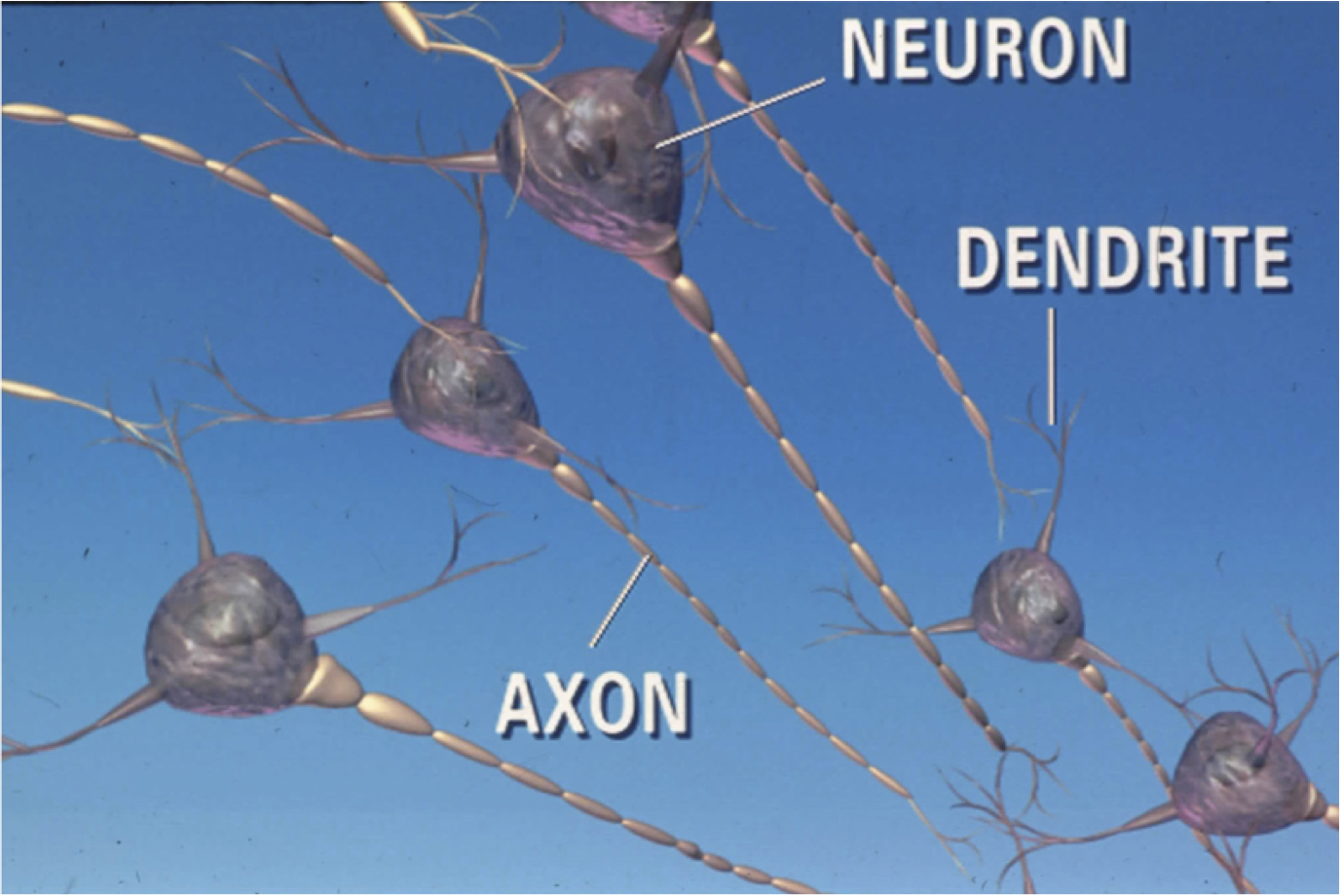

However, since Cajal’s first observations, many more examples of “misbehaving” neurons (with a non-canonical polarity scheme) have been identified. In spite of Cajal’s caution about the division of labor in neurons, our view of neuronal function is still largely dominated by the classical “mostly passive” dendrites receiving information, and an active axon propagating and transmitting it to target neurons. Therefore, Cajal acknowledged that the soma is not a central compartment in terms of information transfer, but merely in terms of cellular metabolism, due to the presence of the nucleus. In doing so, Cajal admitted that the soma of neurons should be merely considered as “‥.the place of the protoplasmic apparatus or the chunk of dendrite where the nucleus of the neuron sits and where chromatic inclusions are concentrated”. The second version then stated that information flows towards the axis-cylinder (axipetal) away from the soma and dendrites (somafugal and dendrofugal). In light of these findings, Cajal had no choice but to reconsider the propagation of information in neurons and reformulate his law of dynamic polarization. Cajal noticed that these dendrite-emanating axons were also present in many neuronal types in mammals (e.g., the substantia nigra pars compacta dopaminergic neurons), and that other neuronal types, such as the dorsal root ganglion (DRG) neurons, presented a unipolar morphology incompatible with the first version of the dynamic polarization law. In particular, Cajal made the observation that in many invertebrate neurons and even in some vertebrate neuronal types (such as the crook-shaped cell in the optic lobe of birds), the axon arose from a dendrite, hence compromising the theory of cellulipetal and cellulifugal propagation of information. However, noticing the morphological peculiarities of several neuronal types, Cajal soon revisited this law, because it could only fit neuronal types where the axon directly arose from the cell body onto which all dendrites converged. One of his most famous contributions in that sense was the law of “dynamic polarization” that originally stated that, within a neuron, information is transmitted from the dendrites towards the soma (cellulipetal) and then in the axon away from the soma (cellulifugal).

From this meticulous observational work, Cajal hypothesized the role of the different neuronal compartments in information processing. More than a century ago, Santiago Ramon y Cajal provided us with a tremendously extensive description of the various morphologies of the neuronal types constituting the mammalian brain and other species’ nervous systems (Cajal, 1952). Moreover, we discuss how the contribution of dendrites and axons to neuronal excitability may impose constraints on the morphology of these compartments in specific functional contexts. In this article, we present a few examples of “misbehaving” neurons (with a non-canonical polarity scheme) to highlight the diversity of solutions that are used by mammalian neurons to transmit information. In several interneuron types, all functions are carried out by dendrites as these neurons are devoid of a canonical axon. In fact, dendrites can be the site of AP initiation and propagation, and even neurotransmitter release. Even though this canonical division of labor is true for a number of neuronal types in the mammalian brain (including neocortical and hippocampal pyramidal neurons or cerebellar Purkinje neurons), many neuronal types do not comply with this classical polarity scheme. Our general understanding of neuronal function is that dendrites receive information that is transmitted to the axon, where action potentials (APs) are initiated and propagated to eventually trigger neurotransmitter release at synaptic terminals.


 0 kommentar(er)
0 kommentar(er)
